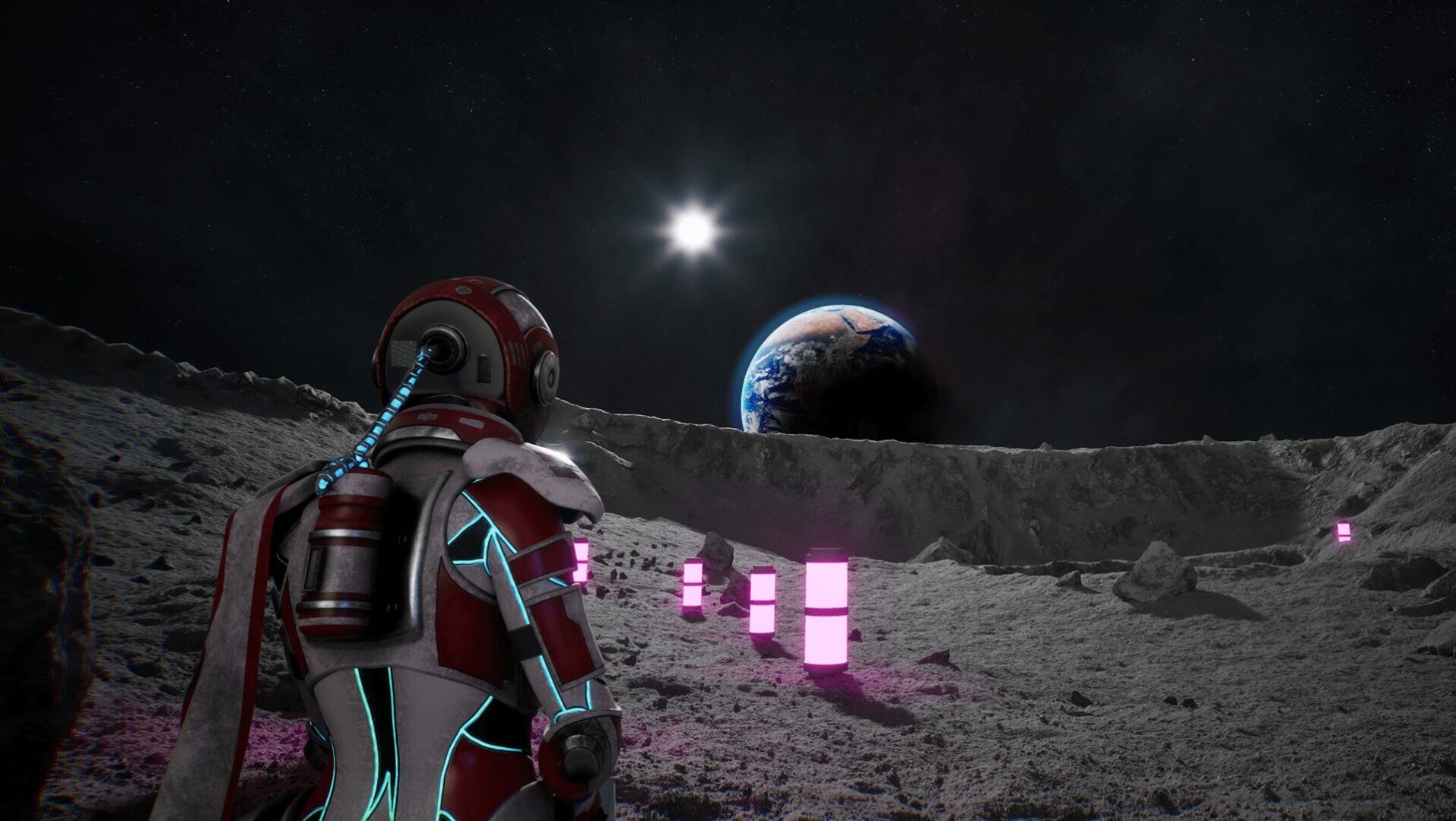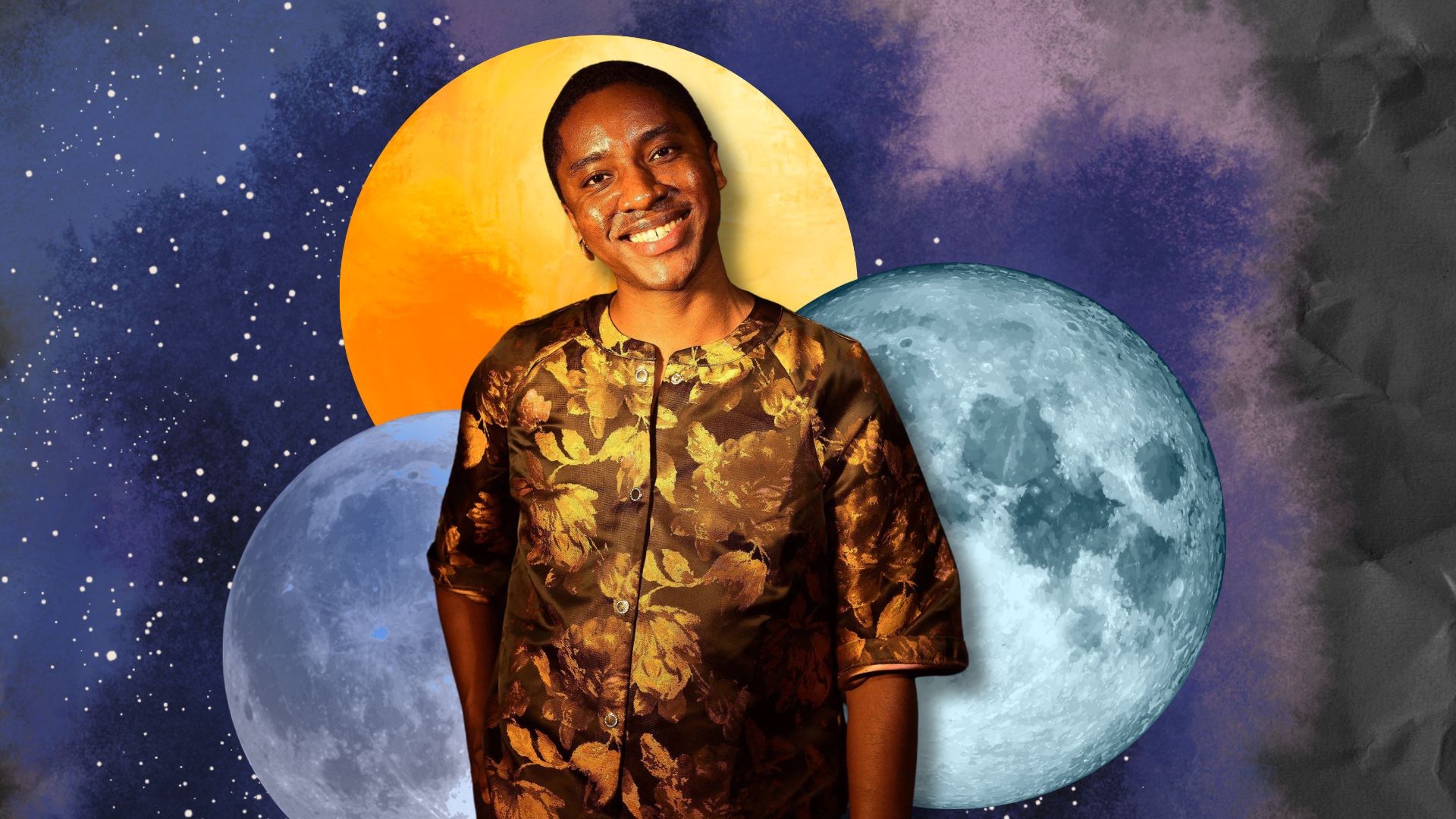Alright – so today we’ve got the honor of introducing you to Renato Aruffo De Oliveira. We think you’ll enjoy our conversation, we’ve shared it below.
Renato, first a big thank you for taking the time to share your thoughts and insights with us today. I’m sure many of our readers will benefit from your wisdom, and one of the areas where we think your insight might be most helpful is related to imposter syndrome. Imposter syndrome is holding so many people back from reaching their true and highest potential and so we’d love to hear about your journey and how you overcame imposter syndrome.
Overcoming imposter syndrome is a gradual process that requires consistent effort. I often compare it to training a muscle – you have to practice pushing back against those negative thoughts to grow stronger over time. Putting yourself down doesn’t benefit you; instead, building the discipline to keep creating, even when you feel uncertain, can make all the difference. It’s not about ignoring self-doubt but learning to move forward despite it.
Another critical part of this journey was changing my perception of failure. Gaining skills and knowledge comes from trying, making mistakes, and learning from them. Every setback is an opportunity to grow, so there’s no true failure. It’s a slow process, but the more you do it, the better you get. You gain nothing from constantly criticizing yourself; you gain everything by allowing yourself to keep moving forward, learning, and creating. Over time, these “mental muscles” become stronger, and managing imposter syndrome becomes easier.

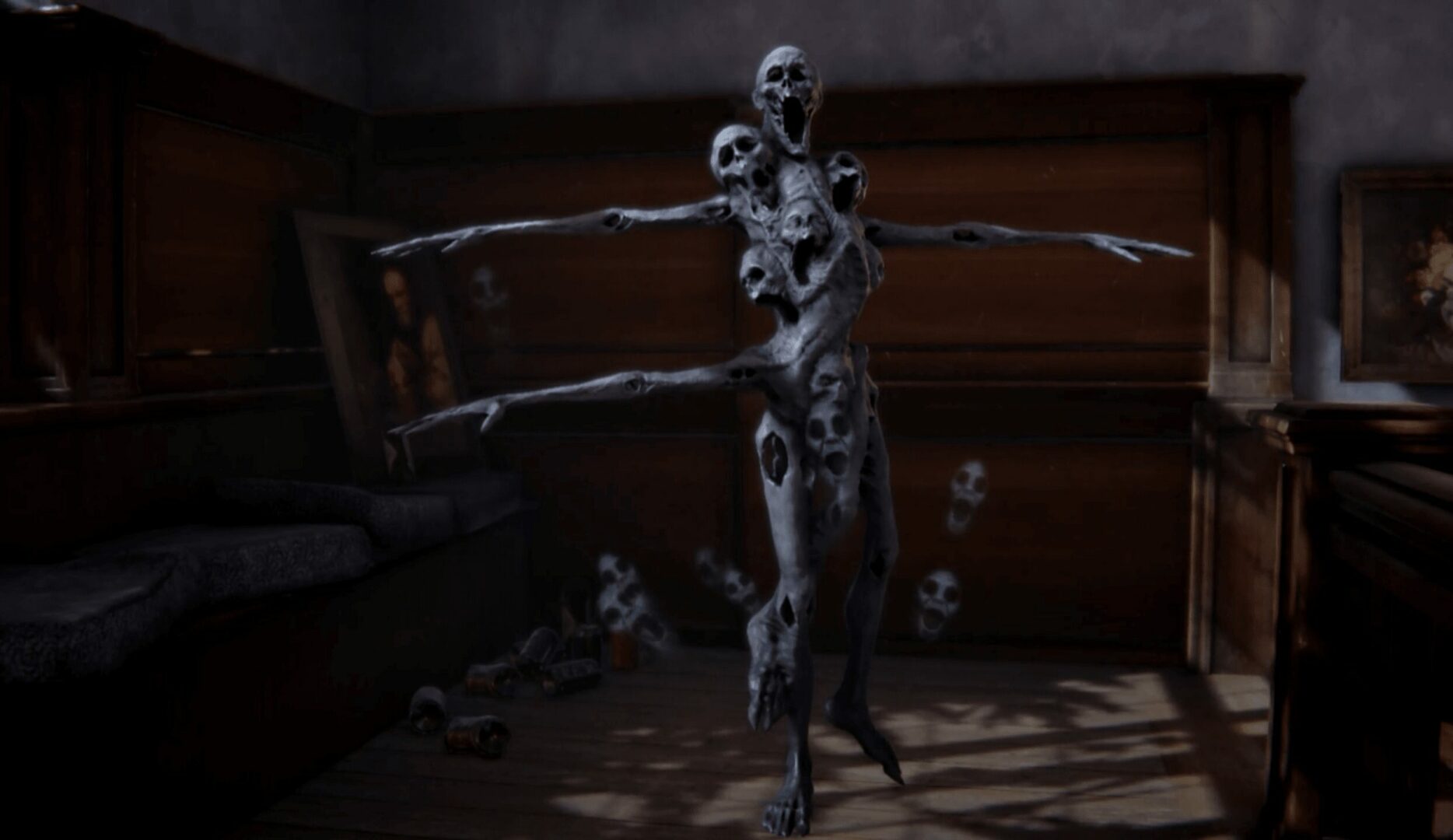
Let’s take a small detour – maybe you can share a bit about yourself before we dive back into some of the other questions we had for you?
Growing up, I was deeply inspired by the movies I watched and the games I played, sparking my passion for storytelling and art. My journey into the creative world began with learning to draw alongside my brother, which introduced me to the world of art. Later, video games like God of War, The Last of Us, and Metal Gear Solid further fueled my dream of pursuing a career in game design and special effects.
Interestingly, my path didn’t start in the gaming industry. I initially studied veterinary science in Brazil in 2006, but I quickly realized my true passion was elsewhere. I spent more time experimenting with 3D modeling and drawing than studying for my veterinary courses. In 2007, I discovered a Game Design program at a Brazilian university, which became my opportunity to pursue my dream. In 2014, I moved to LA to study special effects for games and movies at the Gnomon School, graduating in 2016. This decision significantly shaped my professional path, enabling me to work on a variety of projects, from games to VR/AR experiences, theme parks, movies, and series.
Throughout my career, I’ve worked on several high-profile projects as an asset artist for The Third Floor. Some of my recent credits include Godzilla x Kong: The New Empire (2024) and Prey (2022), where I contributed to creating immersive visual elements. I’ve also worked on Marvel shows, such as She-Hulk: Attorney at Law (2022) and Hawkeye (2021). In addition to these projects, I had the opportunity to assist in an indie movie called A Trip Elsewhere as a post-FX consultant, which has been recognized with various nominations for its special effects. You can find more details about my past projects on my IMDb profile and portfolio website: renatoaruffo.com.
Currently, I’m involved in multiple projects, including several upcoming TV shows. These new ventures allow me to explore different aspects of visual effects and asset creation, contributing to the visual storytelling in ways that challenge and excite me. Working on these shows requires a blend of creativity and technical skill, which keeps me engaged and constantly learning.
I’m also developing a new multiplayer online horror game that I plan to release in a few game jam contests in the coming weeks, with a full release planned in a couple of years. For this project, I’m handling every aspect—from art and game design to mechanics, effects, animation, and programming. It’s a lot of work, but I take small steps, prototype, and test consistently to bring my vision to life.
Balancing my professional projects with my personal game development endeavors requires discipline. I make sure not to replace all my free time with work, as it’s important for my health and creativity. After my daily work, I focus on exercising, having dinner, and relaxing. During the week, I carve out at least 1 to 2 daily hours to work on my personal projects and dedicate a few extra hours on weekends. It’s about finding a rhythm without overdoing it; just sitting down and starting is often the hardest part. Once I begin, I find myself engrossed in the work for hours.
What sets my work apart in game development, real-time special effects, and 3D art is my broad knowledge across multiple fields. From the artistic to the highly technical aspects of production, I understand how to adapt each step of the workflow to ensure a seamless process from start to finish. This unique blend of skills allows me to predict and avoid potential problems before they arise, ensuring a smoother production cycle. Knowing how each step of the production chain connects empowers me to prepare each stage for what comes next, resulting in a more cohesive final product.
The most exciting part of my work is creating engaging entertainment and beautiful art. There are many challenges involved in the development process, whether it’s a movie or a game. Everything has to work in harmony and be optimized because computers have limited memory. I thrive on finding creative solutions that integrate different elements of production, and seeing it all come together on screen is incredibly rewarding.

If you had to pick three qualities that are most important to develop, which three would you say matter most?
Looking back, three qualities have been most impactful in my journey: adaptability, technical versatility, and persistence.
1. Adaptability:
The entertainment industry constantly evolves, with new technologies, tools, and software emerging almost daily. Being adaptable has allowed me to quickly learn and apply new skills, whether transitioning to new 3D programs, game engines, or special effects software. For those starting out, it’s important to stay open to learning and embrace these new challenges. The more flexible you are in adopting different tools and techniques, the more valuable you become in any creative environment.
2. Technical Versatility:
Having a solid foundation in multiple areas (programming, 3D art, special effects) has been a game-changer. While it’s crucial to have a focus or passion, knowing at least a bit of everything in the development process is equally important. This broad knowledge helps you better understand and collaborate across different stages of production. I recommend building skills in various domains to adapt your work seamlessly and communicate effectively with others, regardless of your main expertise.
3. Persistence:
This industry is full of challenges and setbacks. Persistence is what keeps you moving forward, even when progress feels slow. A key part of this is not being afraid to fail or worrying too much about what others might think. Often, the harshest judgments come from within ourselves. The important thing is to keep improving and focus on where you want to be in the future. Seeking feedback is also crucial, being open-minded and willing to listen to others’ perspectives helps refine your work. For newcomers, embrace failure as a valuable part of the learning process, take small, consistent steps, and don’t hesitate to reach out others for guidance and feedback. Each effort adds up over time, getting you closer to your goals.
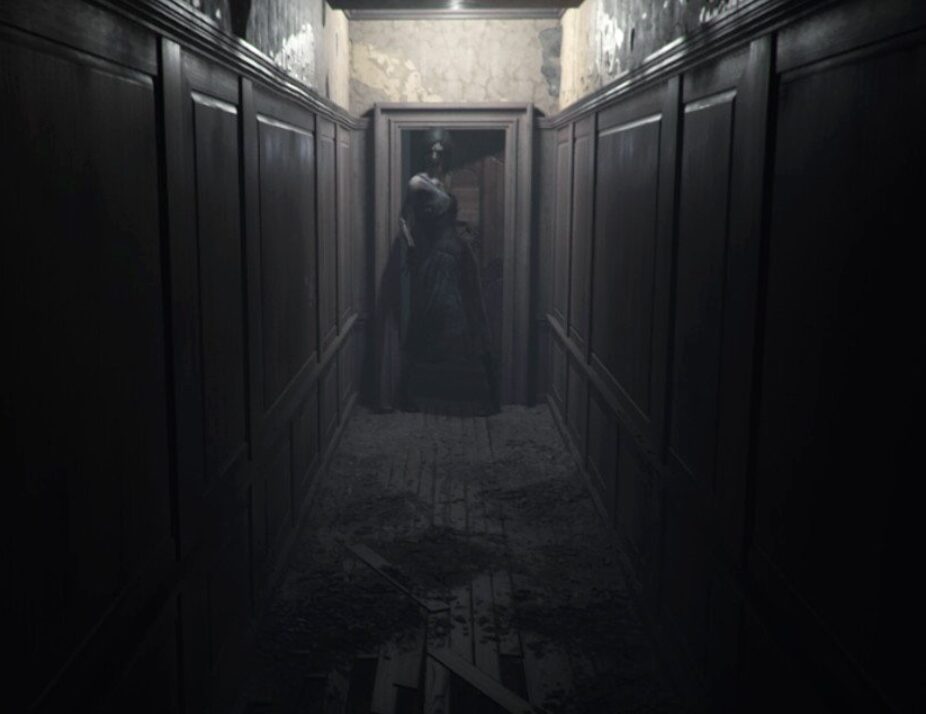
We’ve all got limited resources, time, energy, focus etc – so if you had to choose between going all in on your strengths or working on areas where you aren’t as strong, what would you choose?
It really depends on your personal goals, but generally, it’s best to focus on a specific field that you are passionate about while also learning a bit about related areas. Mastering your core skills is essential for standing out, but having a well-rounded understanding of the surrounding aspects of production can make you a more effective collaborator and problem-solver.
For example, if you want to create characters, your main focus should be on achieving the highest quality possible. This means dedicating time to study anatomy, shapes, forms, texturing, and the specific art style you want to pursue. The more you dive into these aspects, the better your work will become. However, it’s equally beneficial to have a basic understanding of the other fields that are connected to character creation, like rigging, animation, and shader development.
Knowing these adjacent areas can greatly enhance your workflow and communication within a team. For instance, if you understand the basics of character rigging, you’ll know how to model your characters in a way that makes the rigging process easier. Similarly, understanding shaders can help you optimize your textures and materials, ensuring that your character looks its best in the final rendering. By having this broader knowledge, you’re not only improving your own work but also setting up your teammates for success, leading to a smoother production pipeline and a more cohesive final product.
In the end, specializing in what you love while maintaining a foundational knowledge of related areas allows you to contribute more effectively to projects and adapt to different production needs. This balance is key to both personal growth and successful collaboration in the industry.
For me, I enjoy taking on all stages of production, which allows me to wear different hats in various projects. This approach gives me the flexibility to contribute in multiple ways, depending on what the project requires.
For example, on She-Hulk, I was involved in creating the main characters, building rigs, and developing transformation effects for real-time previsualization. This required a deep focus on character creation and effects development. In contrast, my work on Prey was more technical, where I handled in-game engine quality, lighting, optimizations, and creature fur FX using Unreal Engine. This diverse involvement helps me understand the full pipeline and adapt my skills to meet different project needs, whether it’s character creation, rigging, lighting, or engine optimization.
This broad skill set allows me to step into various roles as needed and also improves my ability to communicate and collaborate with other specialists, ensuring a smoother production process.
Contact Info:
- Website: https://renatoaruffo.com
- Instagram: https://www.instagram.com/renato.aruffo/
- Linkedin: https://www.linkedin.com/in/renato-aruffo-de-oliveira-91079523/
- Twitter: https://x.com/RenatoAruffo
- Youtube: https://www.youtube.com/@renatoaruffo
- Other: https://www.artstation.com/renatoaruffo


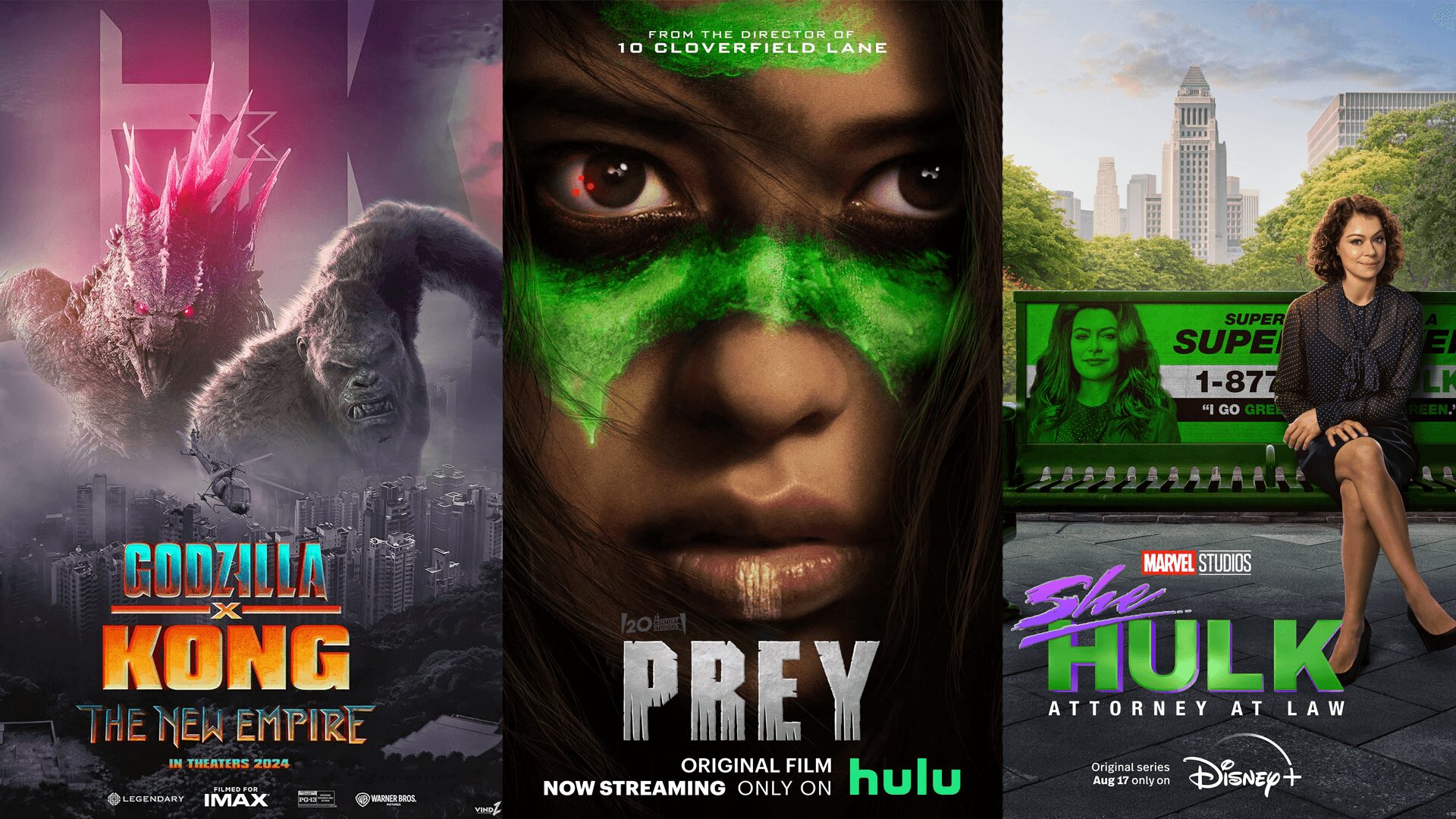
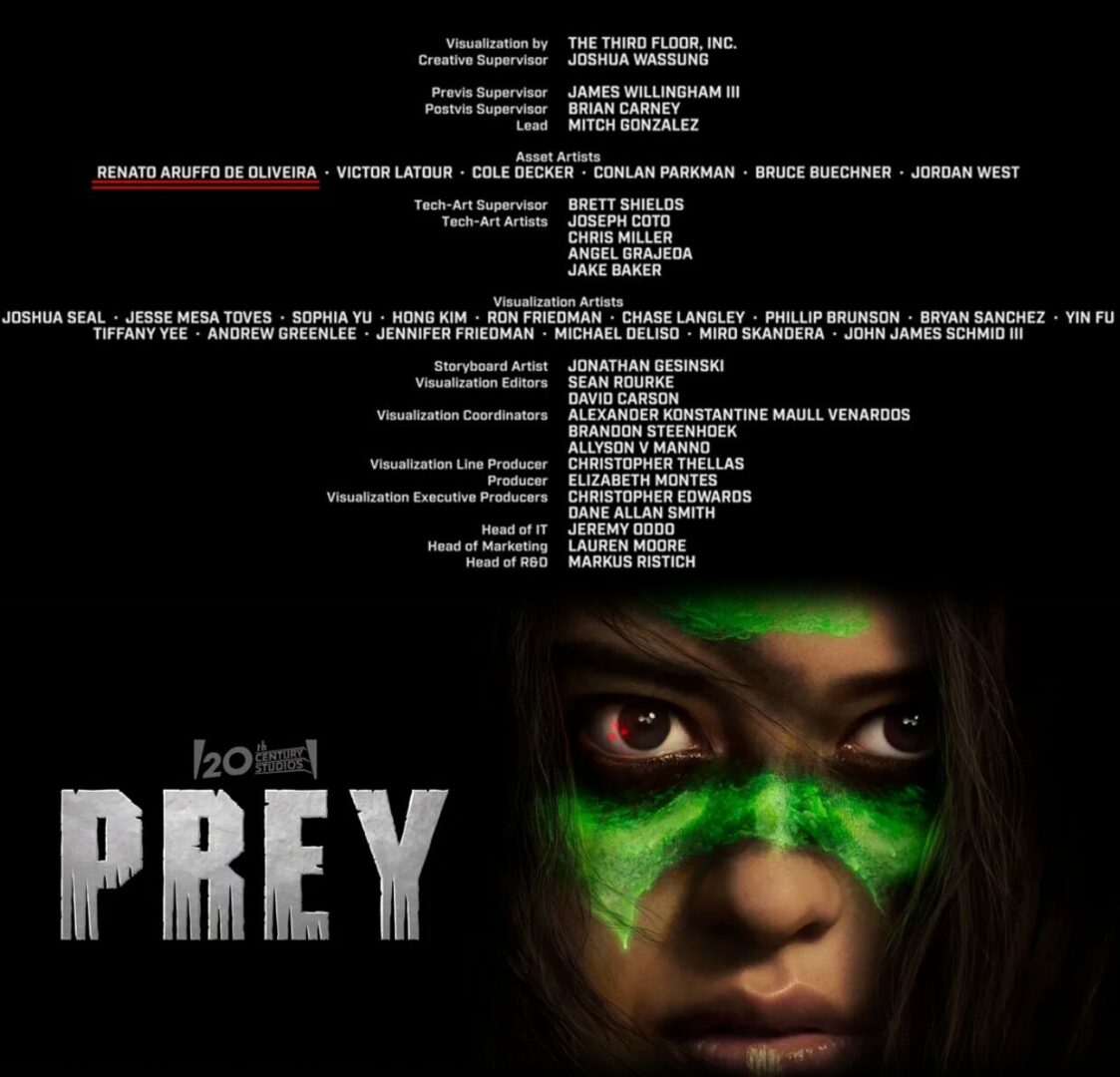
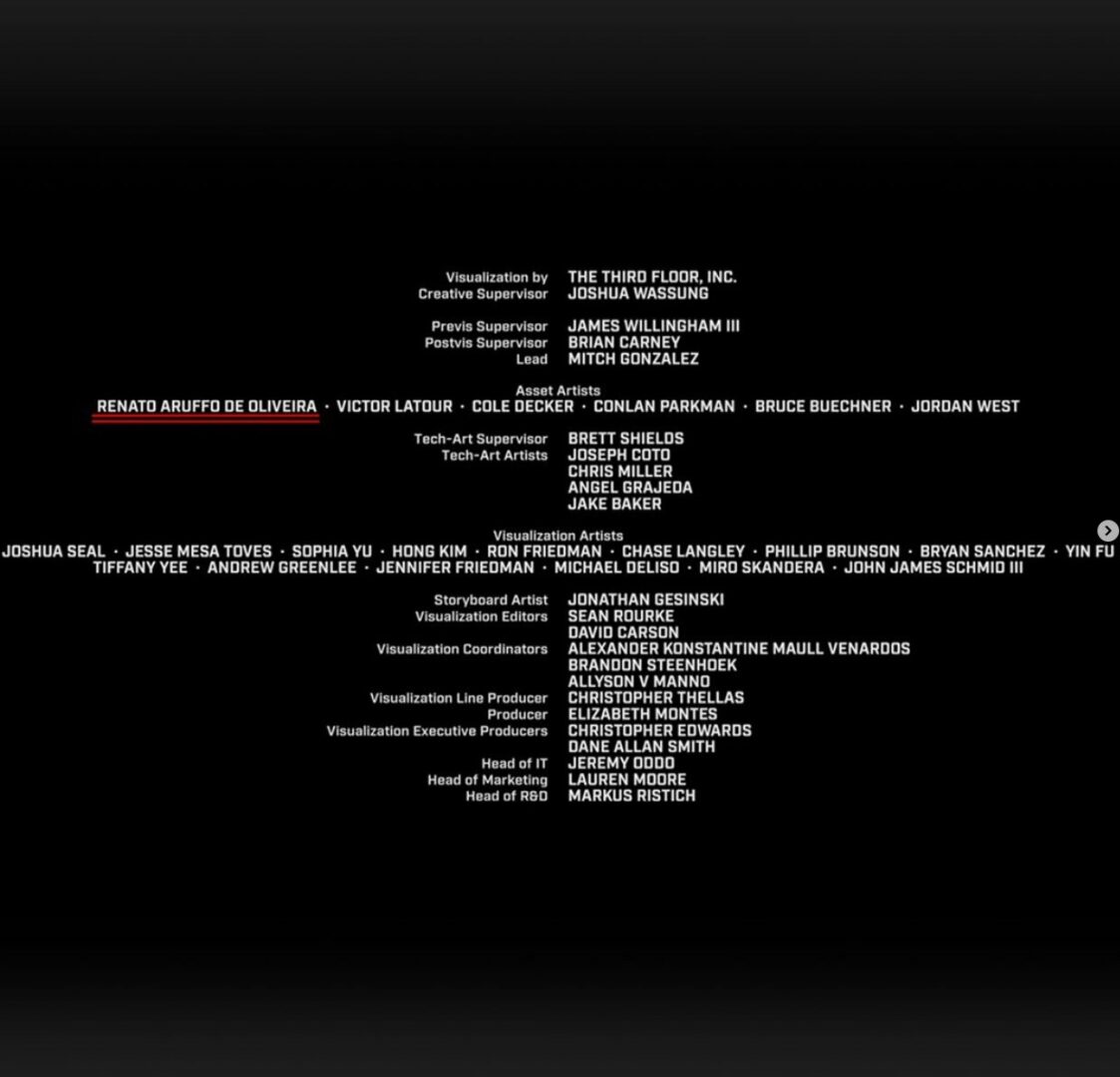
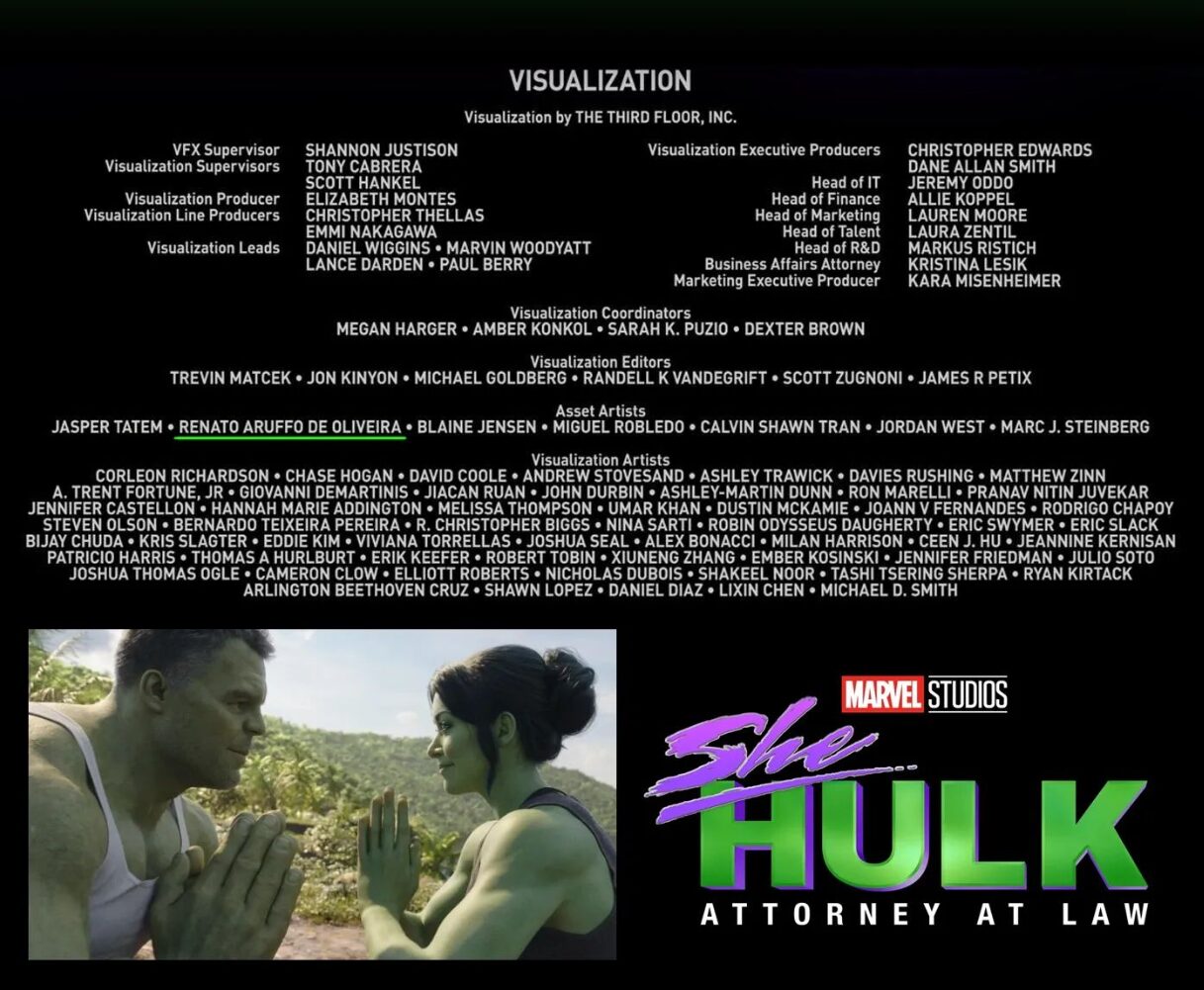
so if you or someone you know deserves recognition please let us know here.

